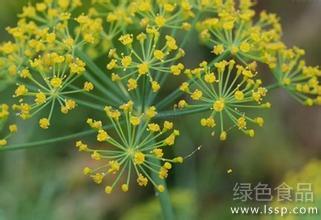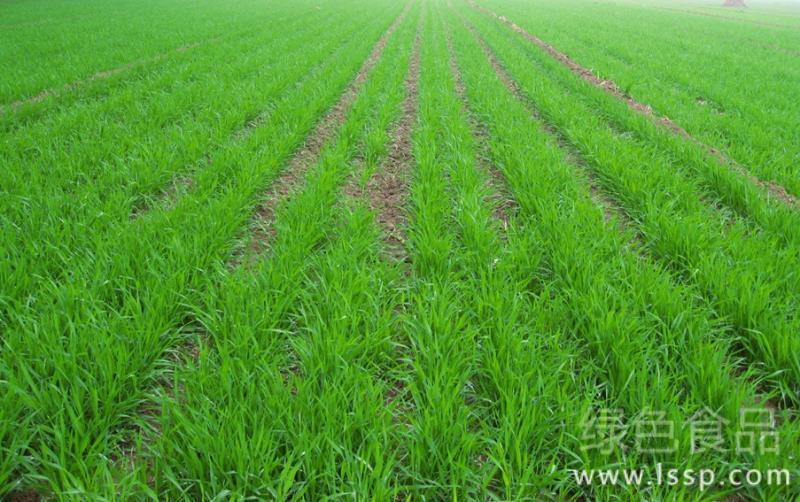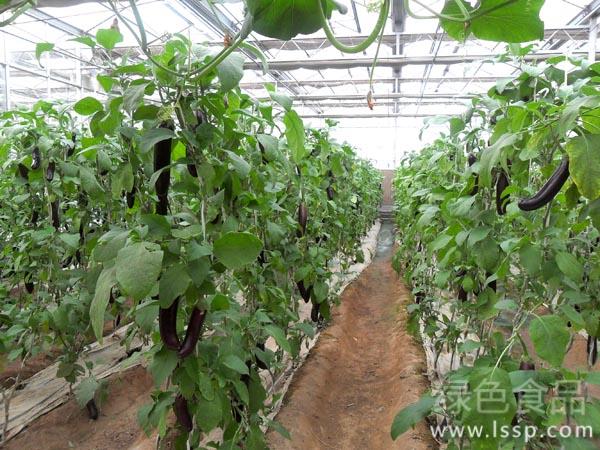Cultivation Technique of Fennel in Greenhouse for Increasing Economic Benefit

Grow fennel
Autumn delayed greenhouse vegetables generally pull seedlings in the middle and late November, clear the stubble after planting, continue to plant fennel in the greenhouse in January for overwintering cultivation, and end in March next year, as the first stubble of spring cucumbers, spring tomatoes and other fruits and vegetables in the greenhouse. This efficient planting model has been promoted in Qingxian for many years, with an average increase of 4000-5000 yuan per mu, and the highest can reach 6000 yuan. The cultivation techniques are as follows:
First, sowing time
Generally, seeds can be sown from the first ten days to the last ten days of January.
II. Variety selection
Select varieties with fast growth, cold tolerance, disease resistance and high yield, such as Inner Mongolia fennel, local variety cumin and so on.
3. Seed treatment
1. Rub the seeds. Fennel seeds are double hanging fruits, which contain two seeds. The seeds should be rubbed apart before sowing.
two。 Soaking seeds to accelerate sprouting. Fennel generally do not need to sprout, sowing late for quick emergence, can be carried out to sprout. First, the seeds were soaked in 18 ℃-20 ℃ water for 24 hours, then the seeds were wrapped in a wet cloth and placed in a 20 ℃-22 ℃ environment to accelerate germination. Rinse with clean water once a day and turn once every 4-6 hours. The seeds can be sown when 80% of the seeds are "white". If you can't sow the seeds in time, store them at 10 ℃.
IV. Pre-seed preparation
1. The previous one. It is a non-Umbelliferae vegetable.
two。 Prepare the soil and fertilize. Deep ploughing and fine rake, combined with soil preparation, apply 3000 kg of high-quality organic fertilizer, 6 kg of phosphate fertilizer (50 kg of superphosphate) and 5 kg of potash fertilizer (10 kg of potassium sulfate) per mu.
3. Make a bed. Make a border 1.2 meters wide, break the dirt and rake the border surface.
5. Sowing seeds
Irrigate the bottom water, then cover with a layer of fine soil (or medicinal soil) and sow. In order to achieve uniform sowing, two sowing can be carried out. After sowing, the soil is 1 cm thick and covers the small arch shed.
VI. Field management
1. Hang the sky. After sowing, hang a layer of plastic film 30-40cm away from the outer greenhouse film, the film thickness is 0.01mm-0.012 mm, which can increase the temperature in the greenhouse by 2 ℃-4 ℃.
two。 Temperature management. Before sowing, keep warm and keep cold in a closed greenhouse. After the emergence of fennel seedlings, the height of fennel begins to release air when it is 7-8 cm high, generally when it exceeds 22 ℃ in the morning, and closes the tuyere below 20 ℃ in the afternoon; in the middle of growth, the tuyere is released from 8 to 9 a.m. in the morning, and the tuyere is closed when the temperature is 20 ℃ in the afternoon; in the later stage, when the minimum temperature exceeds 3 ℃, the tuyere should be ventilated day and night, and the tuyere should be big during the day and small at night, and the maximum temperature during the day can not exceed 24 ℃, otherwise the fennel is easy to dry.
3. Water and fertilizer management. When the seedling height is about 20 cm, once watering, the amount of water is moderate, combined with watering, topdressing 10-15 kg urea per mu.
VII. Disease and pest control
In general, there are no insect pests in fennel in greenhouse in early spring, and the disease is mainly Sclerotinia sclerotiorum. At the initial stage of the disease, 50% Limakang wettable powder was sprayed with 1000 times solution or 40% Shijiale suspension solution was sprayed.
VIII. Harvest
When the height of the seedling is about 30 cm, it will be harvested at one time.
- Prev

Causes of wheat yellowing before winter and its control and management measures
Causes of wheat yellowing before winter and its control and management measures
- Next

Pay attention to eight measures to ensure the production of vegetables in greenhouse in deep winter
Pay attention to eight measures to ensure the production of vegetables in greenhouse in deep winter
Related
- Fuxing push coffee new agricultural production and marketing class: lack of small-scale processing plants
- Jujube rice field leisure farm deep ploughing Yilan for five years to create a space for organic food and play
- Nongyu Farm-A trial of organic papaya for brave women with advanced technology
- Four points for attention in the prevention and control of diseases and insect pests of edible fungi
- How to add nutrient solution to Edible Fungi
- Is there any good way to control edible fungus mites?
- Open Inoculation Technology of Edible Fungi
- Is there any clever way to use fertilizer for edible fungus in winter?
- What agents are used to kill the pathogens of edible fungi in the mushroom shed?
- Rapid drying of Edible Fungi

